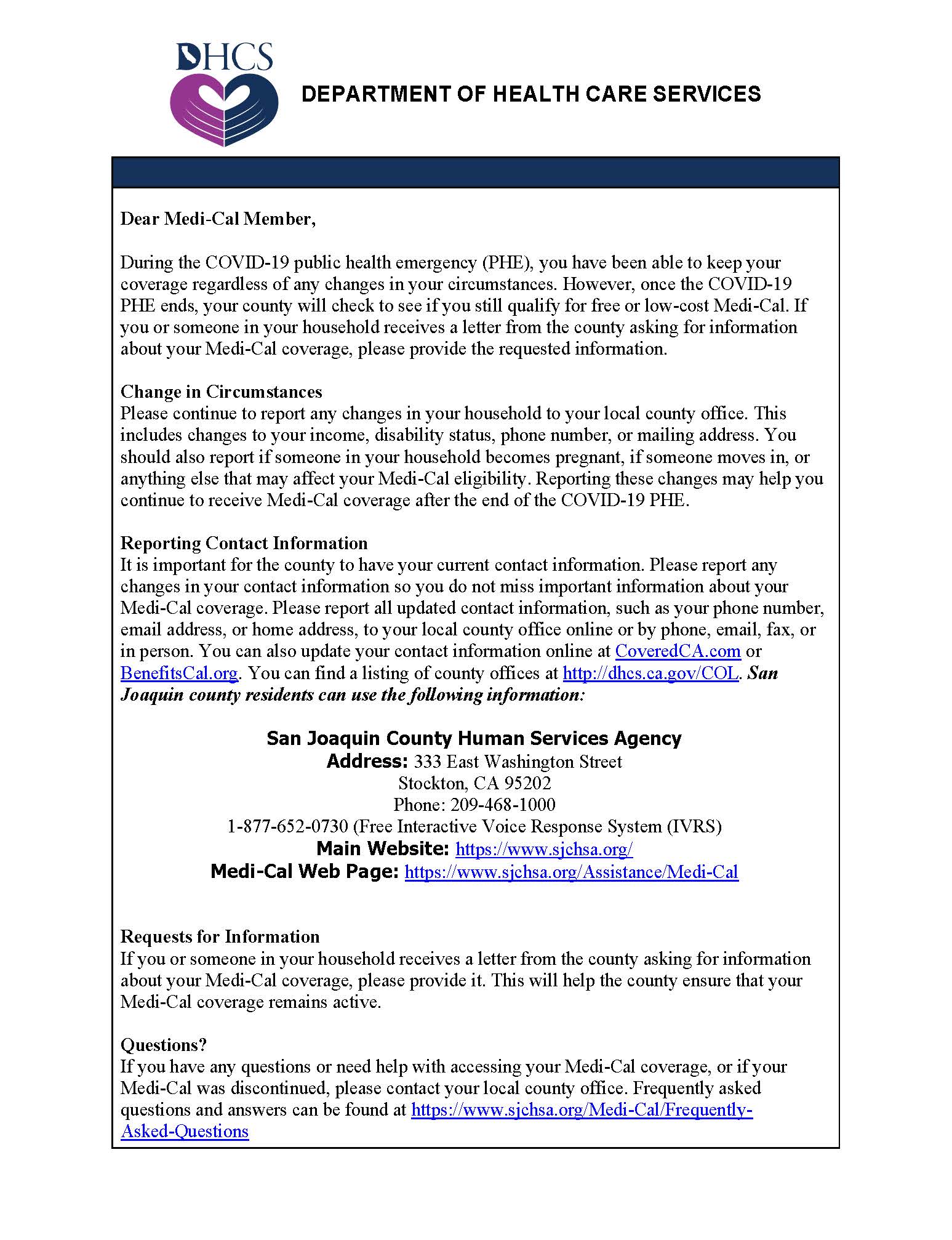What is Bioterrorism?
A bioterrorism attack is the deliberate release of viruses, bacteria, or other germs (agents) used to cause illness or death in people, animals, or plants. These agents are typically found in nature, but it is possible that they could be changed to increase their ability to cause disease, make them resistant to current medicines, or to increase their ability to be spread into the environment. Biological agents can be spread through the air, through water, or in food. Terrorists may use biological agents because they can be extremely difficult to detect and do not cause illness for several hours to several days. Some bioterrorism agents, like the smallpox virus, can be spread from person to person and some, like anthrax, can not. For information on which bioterrorism agents can be spread from person to person.
Bioterrorism Agent Categories
Bioterrorism agents can be separated into three categories, depending on how easily they can be spread and the severity of illness or death they cause. Category A agents are considered the highest risk and Category C agents are those that are considered emerging threats for disease.
Category A
These high-priority agents include organisms or toxins that pose the highest risk to the public and national security because:
- They can be easily spread or transmitted from person to person
- They result in high death rates and have the potential for major public health impact
- They might cause public panic and social disruption
- They require special action for public health preparedness.
Category B
These agents are the second highest priority because:
- They are moderately easy to spread
- They result in moderate illness rates and low death rates
- They require specific enhancements of CDC's laboratory capacity and enhanced disease monitoring.
Category C
These third highest priority agents include emerging pathogens that could be engineered for mass spread in the future because:
- They are easily available
- They are easily produced and spread
- They have potential for high morbidity and mortality rates and major health impact.
What You Can Do to Prepare for Bioterrorism
The CDC and the American Red Cross have teamed up to answer questions and provide advice on steps you can take to prepare yourself and your loved ones in the event of a bioterrorist attack. For preparedness information and guidelines, please see Preparedness Today: What You Need to Do.
The Department of Homeland Security has established a web site to provide information to the public about emergencies and emergency preparedness. For information on what to do in the event of a bioterrorist attack, please see Ready.gov.


